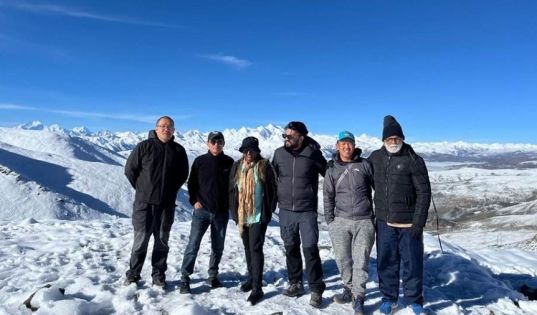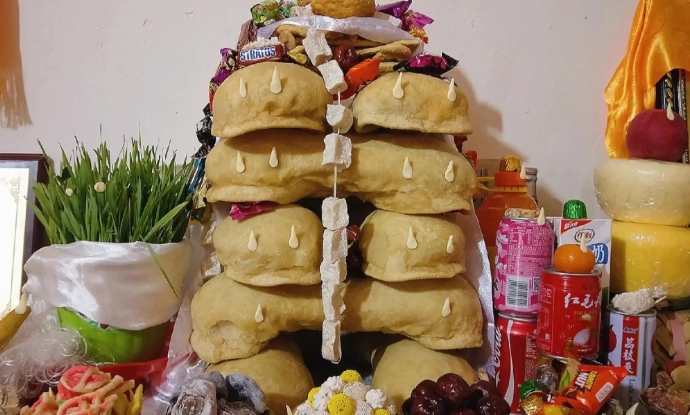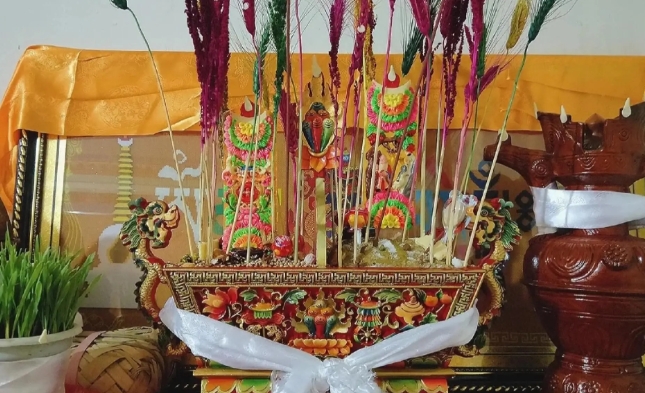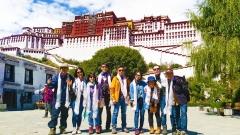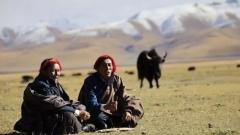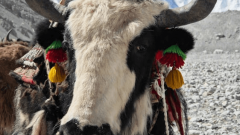Tibetan New Year, or Losar, is the most significant and festive holiday in the Tibetan calendar. Unlike the Western New Year, Losar is deeply rooted in Buddhism and ancient Himalayan traditions, celebrated with rituals, food, family gatherings, and community events. It’s more than just a celebration — it’s a time of renewal, reflection, and spiritual cleansing.
1. When Is Losar Celebrated?
Losar typically falls in February or March, depending on the Tibetan lunar calendar. In 2025, Tibetan New Year begins on March 1st, marking the start of the Year of the Wood Snake. The celebration lasts 15 days, with the first three days being the most important.
2. Preparations Begin Weeks in Advance
Tibetan households begin preparing for Losar well before the actual date. The final month of the year is dedicated to:
-
Deep cleaning the house to sweep away bad luck
-
Cooking special foods like Khapsay (fried pastry) and Guthuk, a noodle soup eaten two nights before Losar
-
Setting up offering tables with barley, dried fruits, tsampa (roasted barley flour), and butter sculptures
Families also prepare new clothes, prayer flags, and incense for the occasion.
3. Guthuk Night: Fun and Symbolism
Two days before Losar, Tibetans celebrate Guthuk Night, a time to cleanse negativity. The soup is filled with symbolic items hidden in dumplings, like wool (kind-heartedness), coal (laziness), or chili (sharp tongue), each meant to poke fun or reveal personality traits. After dinner, people burn dough figures to banish misfortunes from the past year.

4. The First Day: Spiritual Offerings
On the first day of Losar, known as Lama Losar, families wake up early to make offerings to household deities, ancestors, and protectors. People visit monasteries to receive blessings and light butter lamps. It’s a quiet and spiritual day spent with close family.
5. Day Two: King’s Losar and Festivities Begin
The second day is King’s Losar, traditionally used for visiting relatives and government ceremonies. Today, it’s when festivities really begin — friends and neighbors exchange greetings like “Tashi Delek,” share barley wine, and sing and dance together.
6. Day Three and Beyond: Community Celebrations
On the third day, new prayer flags are raised, and people visit hilltops or sacred sites to burn incense and make offerings to mountain gods. In places like Lhasa, large public events include Cham dance performances, horse races, and masked Buddhist rituals.
Even after the main days pass, Losar continues informally for up to two weeks, with plenty of food, drink, and joyful reunions.
7. A Unique Travel Opportunity
If you visit Tibet during Losar, you’ll witness authentic traditions rarely seen by outsiders. While some temples may limit access during private rituals, many public festivals welcome respectful visitors. Towns like Lhasa, Shigatse, and Tsetang offer vibrant street celebrations, while smaller villages showcase more intimate customs.
Note: Winter travel to Tibet requires preparation due to colder weather and limited transportation. But Losar makes it truly worthwhile.
8. Losar Traditions You Should Know
-
New Year greeting: “Tashi Delek” (Good Luck and Blessings)
-
Offerings: Tsampa, barley wine, changkoe soup
-
Rituals: Burning incense, changing prayer flags, offering khata scarves
-
Dances: Cham dances performed by monks in elaborate costumes
-
Decor: Butter lamps, auspicious symbols, colorful altars
Celebrate Tibetan Culture with Us
At China Dragon Travel, we offer specially curated winter tours and Losar cultural experiences for travelers seeking something extraordinary. Whether you’re watching monks perform sacred dances or enjoying tsampa with a local family, you’ll come away with a deeper appreciation of Tibetan heritage.
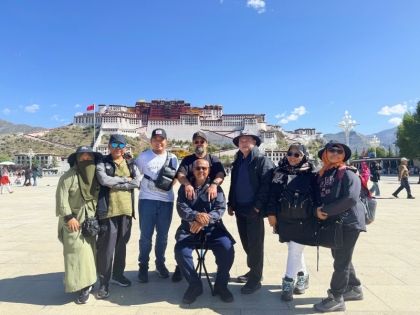
8-Day Classic Tibet Tour: Lhasa, Everest, Namtso & More $ 965
